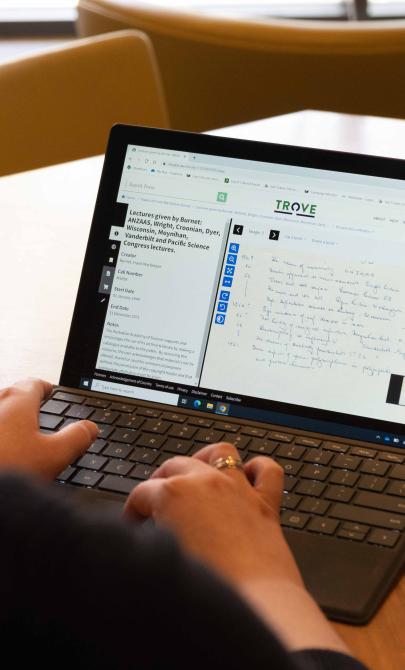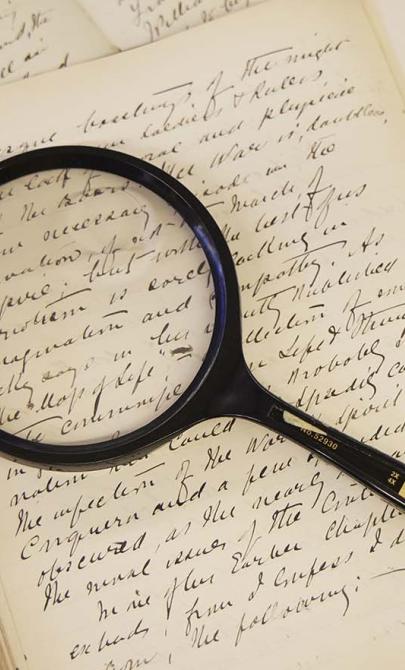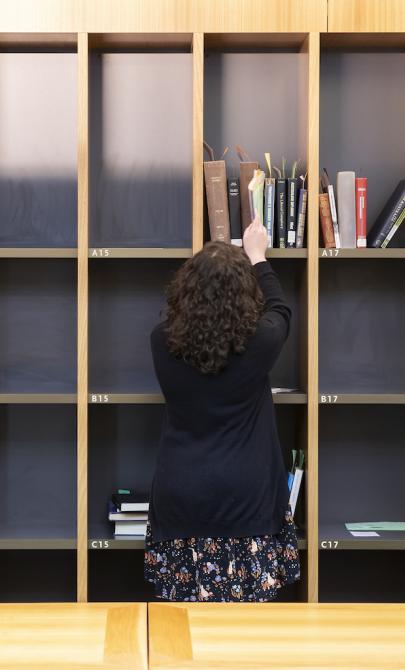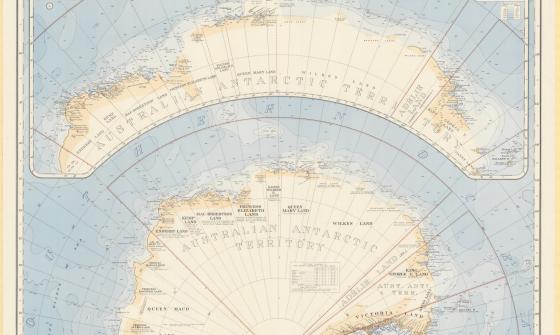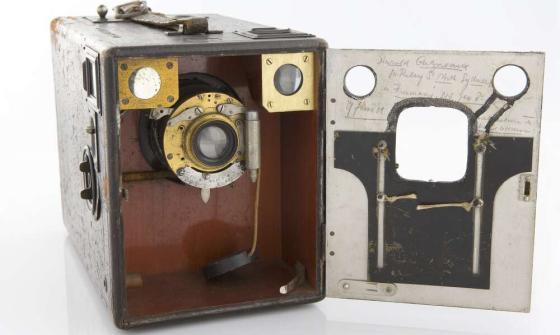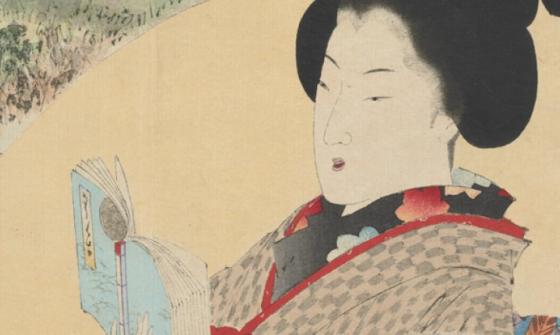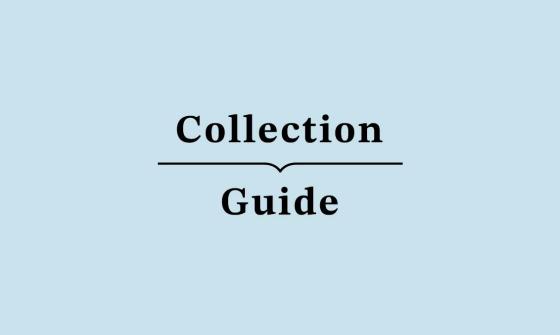Kern Collection
Key items in the collection
Highlights from this collection demonstrate its historical significance and variety.
At the time of acquisition, the Kern Collection was divided into two groups. The general collection comprised 950 books (1650 volumes) on bibliography, history, law, religion, ethnography, archaeology and fine arts of Indonesia. It was particularly strong in historical works published in the nineteenth century and earlier, many of which had probably belonged to Hendrick Kern. In addition, there were sets of 16 periodicals (241 volumes).
Examples of rare books in the collection are:
- Moluksche huis almanac (Ambon, 1822)
- Naamboek van den Wel-edelen heeren der Hoge Indiasche Regeering, zo tot, als buiten, Batavia … (1762–1807)
- Uytrekening van de goude en silvere munts waardye, in hout der maten en swaarte der gewigten, in de respective gewesten van Indien (Middelburg, 1691)
- Waerachtich verhael vande Tijdinghen geocomen uit de oost-Indien, met het jacht ghenaemt de Haze in Junio 1624, in Terel aenghelandt, aengaende de conspiratie ontdeckt inde eylanden van Amboyna (1624).
The other group comprised 629 books (1258 volumes) relating to the languages of Austronesia, including a large number of grammars, dictionaries and vocabularies. Among the languages represented in the collection are Ambonese, Balinese, Batak, Boesang, Buginese, Formosan, Fijian, Javanese, Kawi, Khmer, Macassar, Malagasy, Malay, Maori, Negrito, Sundanese, Sulu, Tagalog, Tamul and Tongan.
The Kern Collection contains a number of manuscripts. The best known are the transcripts of a collection of Sundanese manuscripts held in the Bataviaasch Genootschap van Kunsten en Wetenschappen. In 130 parts, they include romantic tales, moralistic instructions to women, Muslim religious law, Muslim stories, lessons for children, and instructions for village headmen. The name of the copyist commissioned by Kern is not known, but the transcripts appear to have been made in 1924–26, shortly before he left the East Indies.
Other manuscripts in the collection include:
- Miscellaneous items including excerpts from a report by Johannes Gerardus van den Berg, formerly Dutch resident at the court of the Javanese ruler, to King Louis of the Netherlands (c. 1808), the journal of Hendrik Greven kept on the voyage of Frederick Julius Coyet to the Sultan of Java (manuscript copy, 1740) and a broadside entitled ‘Vreugde, en vergenoeging, betoont en uytgeboesemt ter … Rade van Justitie van Nederlands India … Batavia’ (1748)
- Unpublished history of Celebes by A.J.A.F. Eerdmans (typescript copy)
- Appendix to the history of the Macassans (1825)
About Rudolf Kern
Rudolf Arnaud Kern (1875–1958) was born in Leiden in the Netherlands. His father, Hendrick Kern (1833–1917), was Professor of Sanskrit and Indian Archaeology at Leiden University from 1865 to 1903. Kern attended the Senior High School in Leiden and the Institute of the East Indies in Delft.
Career in the Dutch East Indies
In 1896, Kern went to Java, where he was employed by the Department of Internal Affairs. He served in the East Indies for 30 years, eventually becoming Assistant Resident at Brebes (Pekalongan) and Modjokerto in East Java. In 1920 he was appointed Acting Counsellor for Native Affairs and, at a time of increasing nationalism, argued for greater political rights for the peoples of the East Indies.
He also held a number of positions in the Protestant Church and in cultural institutions in Batavia, including the Bataviaasch Genootschap van Kunsten en Wetenschappen.
Later career and scholarship in Leiden
In 1926, Kern returned to the Netherlands and settled in Leiden. He was appointed lecturer in the Sundanese language at Leiden University and in 1940 completed his Dutch–Sundanese dictionary. He also published articles on Javanese and the languages of South Celebes.
Contribution to the Kern Institute
Kern was secretary and later treasurer of the Kern Institute, which was founded in 1925 and named after his father.
Background to the collection
The Kern Collection was purchased from the bookseller Martinus Nijhoff of The Hague, Netherlands, in 1959.
The books, reprints and periodicals in the Kern Collection were integrated in the Rare Books and general collections. They have been catalogued individually. The manuscripts are housed in the Manuscripts collection.
The Sundanese manuscripts, which are held at MS 1673, occupy seven boxes. Microfilm copies are available. Use the 17-page finding aid.
This guide was prepared using these references:
- F. van Anrooij, Rudolf Arnaud Kern (1875–1958), Biografisch Woordenboek van Nederland, vol. 2, Elsevier, Amsterdam, 1985.
- GWJ Drewes, In Memoriam R.A. Kern, Bijdragen tot de Taal-, Land- en Volkenkunde, vol. 114, 1958, pp. 345–58.
- Andrew Gosling, Indonesia before independence through the Kern Collection, National Library Magazine, vol. 1 (4), Dec. 2009, pp. 18-20.
